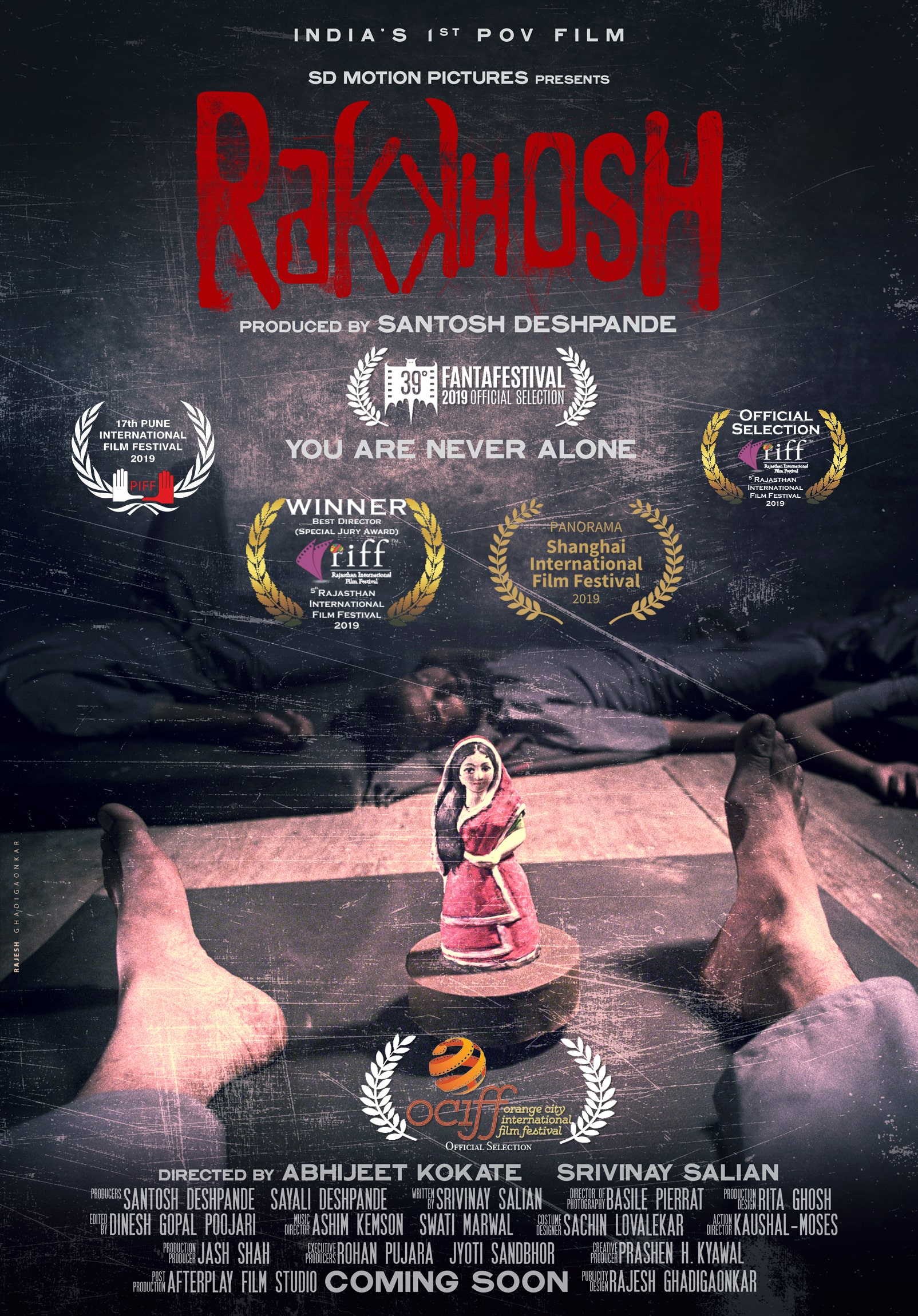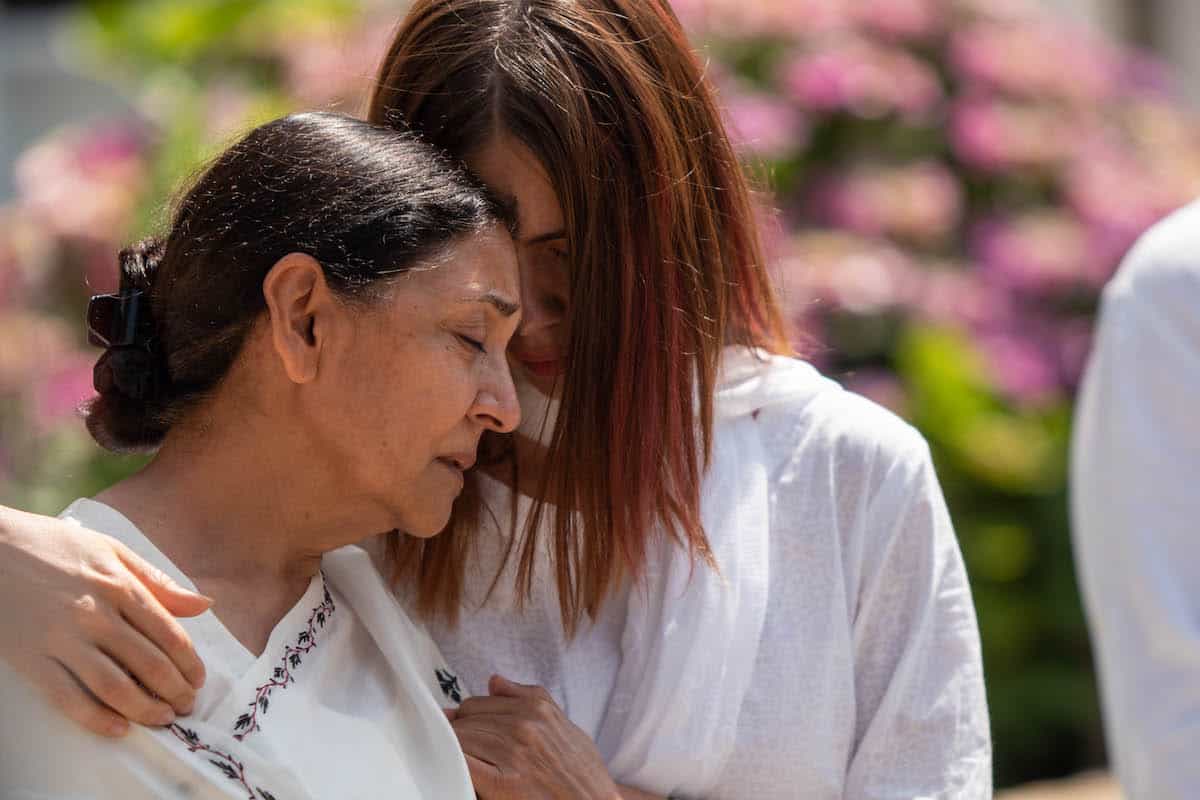By Rachit Raj
In Rakkhosh, Abhijit Kokate and Srivinay Salian do what Orson Welles wanted to do decades ago with his cinematic adaptation of Joseph Conrad’s novella Heart of Darkness. Welles, in wanting a first person point of view for his film, suggested that the entire story ran through Marlowe’s eyes. He wanted the camera to be Marlowe’s eyes, and the audience’s experience of the story being that of Marlowe’s.
An idea like that can easily become a forced experiment in a film, adding little to the narrative. Thankfully the first person point of view in Rakkhosh is a lot more than just a cinematic experiment done for the sake of being different. The film is methodically built a certain way that warrants this style of filmmaking.
Set in a mental institution, Rakkhosh is the story of Birsa (voiced by Namit Das), a schizophrenic patient, and Kumar John (Sanjay Mishra) another inmate and Birsa’s only friend and their struggle to cope with the random disappearing of patients, which they claim to be the evil working of a demon named Rakkhosh in collaboration with a “mad nurse” and a doctor.
The film, though, is about a lot more than just Rakkhosh. It is about Birsa’s past, his relationship with his sister, and his chilling descend into madness. This is where the filmmaker’s decision to make Birsa’s eyes our lens into the world pays off brilliantly. We see people staring at Birsa, and we realize the threat of the moment because those characters are looking directly at us. We are Birsa, and the film gives us no escaping point from that position of vulnerability.
So when Birsa is beaten by his father, you realize that it is you that is being assaulted. The audience is forced to become Birsa, and accept his life like one’s own, and not one of a detached onlooker. This is a major difference that one can see in Rakkhosh from other thrillers like, say, Shutter Island.
In Shutter Island, the audience is always looking at the action. We see every character as an alien identity to us, and our position remains unhurt. But in Rakkhosh, we are pushed into feeling like Birsa. In that every turn feels more uncomfortable; every gaze more penetrative. In one of the best scenes of the film, we see Birsa being tortured by his family. Kept hungry as he sits on the floor, chained. We feel his hunger when his family members tease him with food that is never given to him. We feel the understandable loss of trust in humans that Birsa is going through. After all, till this point he is simply a man with a troubled present as he tries to come to terms with his mother’s death.
There is no one way to deal with grief, and in Rakkhosh the audience is brought in direct confrontation wit what is considered the normative way of dealing with grief. To grieve is to move on. And those who are unable to graduate to the next stage are shunned by the society as the crazy ones.
But by making the audience Birsa, the film keeps questioning the idea of the abnormal. We are in the shoes of a schizophrenic, and in being that we realize that everyone else around Birsa is an abuser. His actions – even the most radical ones – start to make sense. We start seeing rationality behind Birsa’s psychology and in that the wall between the sane and the insane is deconstructed brick by brick.
The film leaves us wondering who or what is Rakkhosh. It can be the person forced to feed on a rat after days of hunger; or a person so entrenched in the dichotomy of us-versus-them that it unearths a beast from within. The truth is that the answer does not matter. What matters is that Rakkhosh, like our experience of Birsa’s life, is internal.
Rakkhosh is the kind of movie that can leave you rattled for a while. It is not a comfortable watch, but it is a rewarding one. The film turns a cinematic experiment into a powerful narrative device, and in doing that ensures that there are layers to its story that would keep viewers busy long after the film ends. It is a noteworthy achievement in storytelling and luckily a fairly engaging one too.
(The film is streaming on Netflix)







What a beautiful review